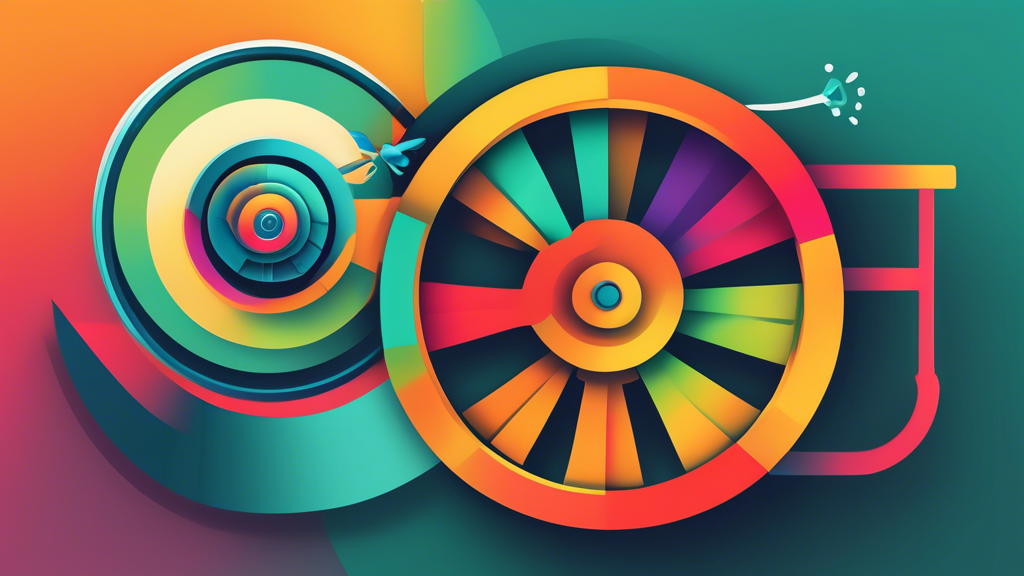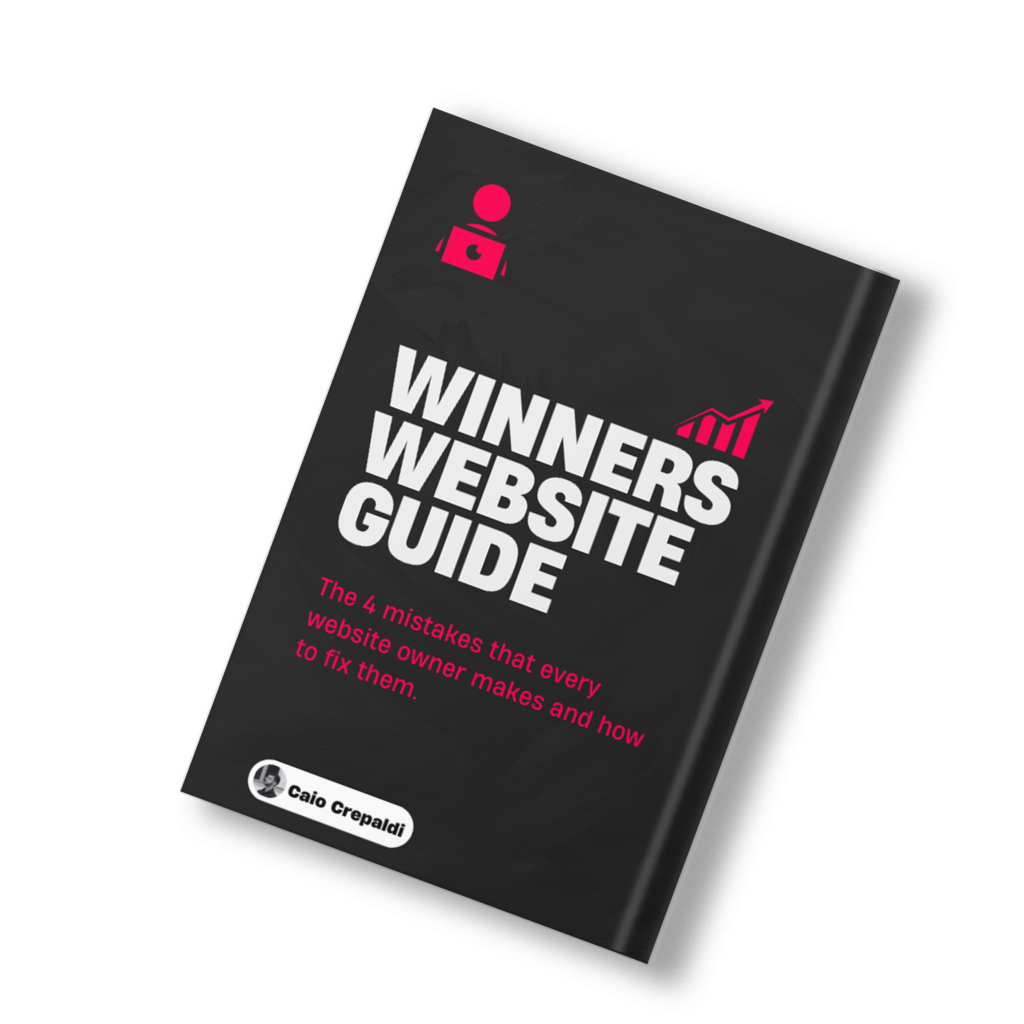Flywheel vs. Funnel: A Comparison Guide
In the world of marketing and sales, two models have gained prominence in recent years – the Flywheel and the Funnel. Both models are used to visualize and understand the customer journey, but they have distinct differences in how they approach customer acquisition and retention. Let’s delve deeper into the Flywheel vs. Funnel debate to understand their pros and cons.
The Marketing Funnel
The Marketing Funnel is a widely-used model that represents the customer journey from awareness to purchase. It typically consists of four stages – Awareness, Interest, Decision, and Action. The idea is to create a funnel shape, where a large number of potential customers enter at the top (Awareness) and only a fraction of them convert into paying customers at the bottom (Action).
One of the key advantages of the Marketing Funnel is its simplicity and clarity in mapping out the customer’s progression through the sales process. It helps marketers identify potential bottlenecks and areas for improvement in their marketing strategy. However, critics argue that the Funnel model is too linear and fails to capture the ongoing relationship between the company and its customers after the sale.
The Flywheel
On the other hand, the Flywheel model focuses on the momentum and energy generated by satisfied customers to drive the business forward. The Flywheel consists of three interconnected stages – Attract, Engage, and Delight. The idea is to delight customers so much that they become promoters of the brand, creating a flywheel effect that attracts new customers and retains existing ones.
Supporters of the Flywheel model argue that it is more customer-centric and sustainable in the long run. By prioritizing customer satisfaction and loyalty, businesses can create a self-sustaining cycle of growth. However, critics point out that the Flywheel may take longer to gain momentum compared to the Funnel model, which focuses more on immediate conversions.
Choosing the Right Model
Ultimately, the choice between the Flywheel and the Funnel depends on the unique needs and goals of a business. While the Funnel may be more suitable for businesses looking to drive quick conversions and sales, the Flywheel could be a better fit for those focused on building long-term customer relationships and sustainable growth.
Whichever model you choose, it’s essential to remember that both the Flywheel and the Funnel are valuable tools for understanding and optimizing the customer journey. By combining elements of both models, businesses can create a holistic approach to marketing and sales that drives success in the ever-evolving business landscape.




